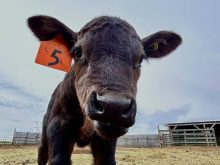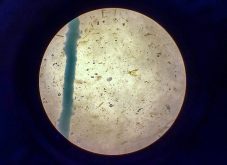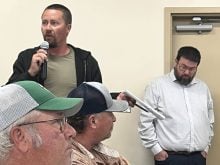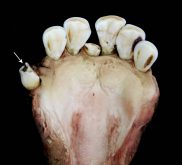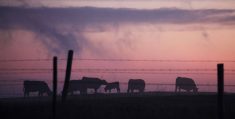The Canadian purebred industry is closing out the decade with a bang.
Sales averages are up and record prices for breeding stock have buoyed the industry.
Hirsche Herefords of High River, Alta., established a Canadian record price last fall when it sold a bull for $235,000 to 66 Fires Ranch in Texas. The previous record was in the early 1980s when a Hereford sold for $225,000 at the Calgary Bull Sale.
The Simmental breed sold a cow and heifer calf for $67,000. Consigned by Bar 5 Simmental Stock Farms of Douglas, Man., the cow was sold to Brazil and the calf went to Alberta.
Read Also
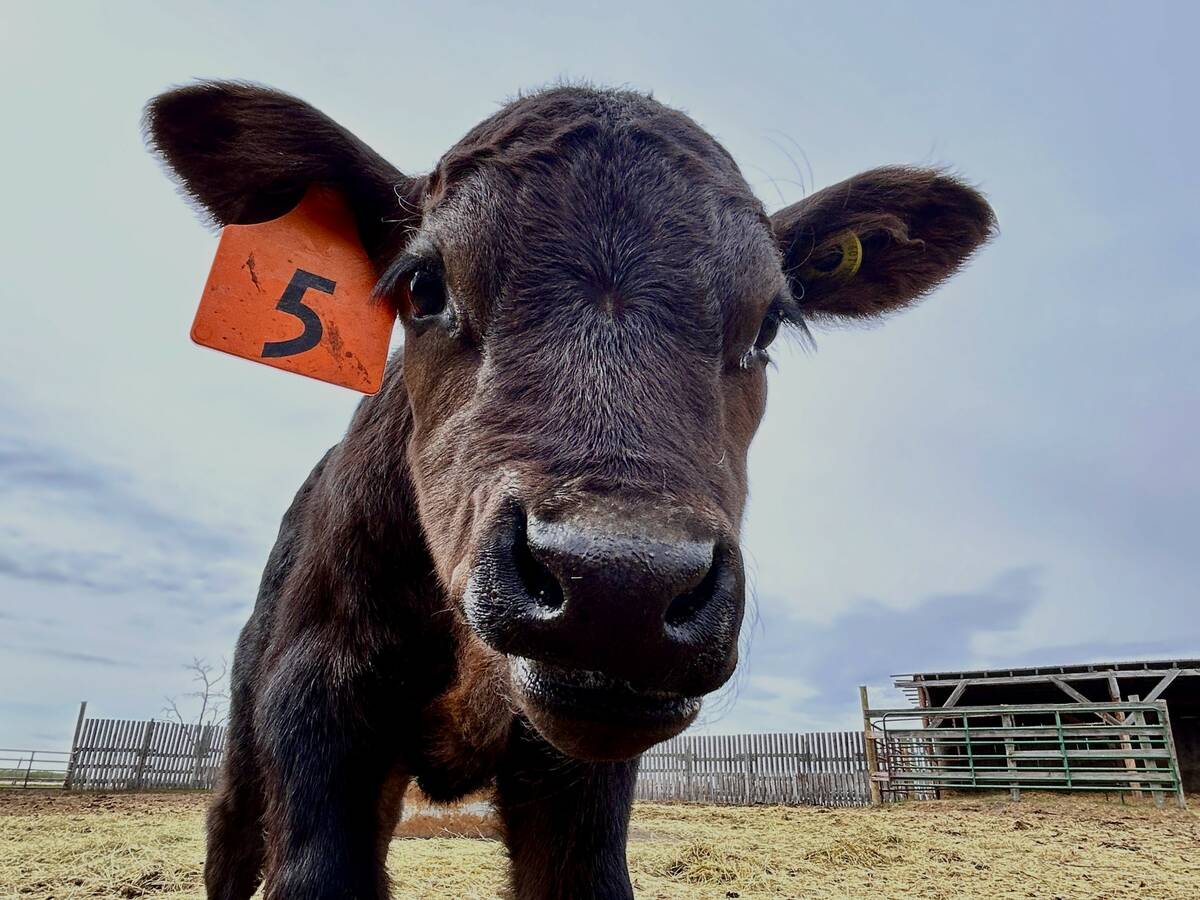
Calf hormone implants can give environmental, financial wins
Hormone implants can lead to bigger calves — reducing greenhouse gas intensity, land use intensity and giving the beef farmer more profit, Manitoba-based model suggests.
Bar 5 Best Lady 604Y was the highest selling cow in this decade and the third-highest seller in Canadian history.
A fullblood male from Klondike Ranch of Vega, Alta., sold at the Fleckvieh Fest in Red Deer, Alta., for $46,000. He was purchased by McDougall Cattle Station in Breton, Alta.
Simmental sale averages for 1998 were up $300 over the previous year. Strong trends were noticed throughout the year, said sales consultant Bob James of Transcon Livestock at Okotoks, Alta.
“The last couple years people are more willing to put money into better cattle rather than put money in their grain operations,” he said.
The strength for Simmentals rests at home with fewer numbers leaving the country.
“The agricultural economy in the States is so bad even with the exchange difference you can’t come up here and make those cattle work,” said James.
Several Simmental dispersals happened this year when some of the top breeders retired. Those animals are always in high demand and many of them were exported.
Ted Serhienko of T Bar C Livestock who handles Hereford, Charolais and Maine Anjou sales, saw 1998 sales trending upward by $200 to $300 and he anticipates an even better year.
“The people that are buying are not grain farmers. They are cattle people,” he said.
He sold a number of animals to Americans who took advantage of the exchange rate and good genetics. Some were exploring the countryside for their next show champion.
Last year’s champion at the U.S. national junior Polled Hereford show was a Canadian heifer purchased at Regina’s Canadian Western Agribition.
The Americans like the northern vigor of Canadian bulls and females because they have more bulk.
“In most breeds of cattle, Canadian genetics are held in high esteem worldwide,” said Serhienko.
Dale Norheim of D Bar L Livestock at Saskatoon noted another trend in the past year. There is renewed interest in bred females.
“Bred cows and heifers were really strong,” he said.
Most of his business is Charolais and he saw bull sales averaging $300 to $400 higher than the year before.
But cattle producers were also discerning. Poorer quality animals were rejected but the good ones drew more attention and bigger bucks.
Registrations for major breeds are also improving.
The Angus business is watching the countryside slowly turn black. Registrations for Reds and Blacks showed one of the best results by rising eight percent in 1998. More than 43,000 animals are registered as purebred stock with the association.
The Angus breed registered more animals than any other association in Canada last year.





